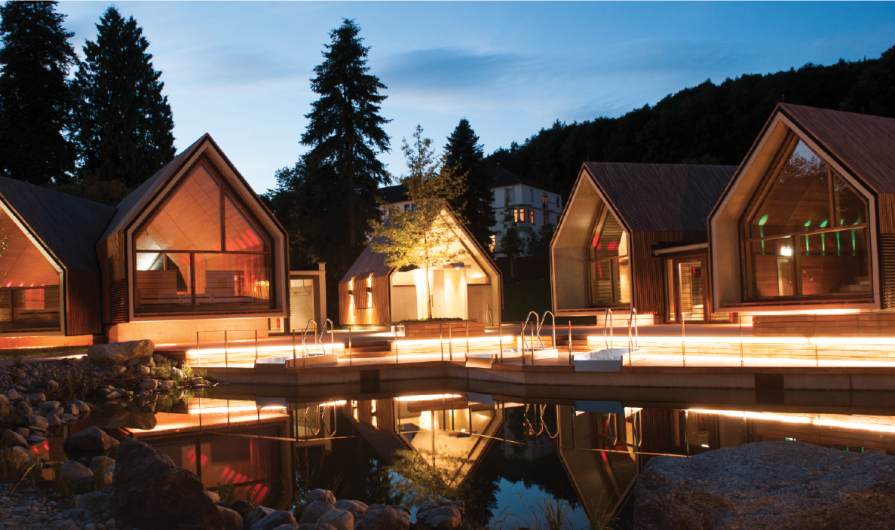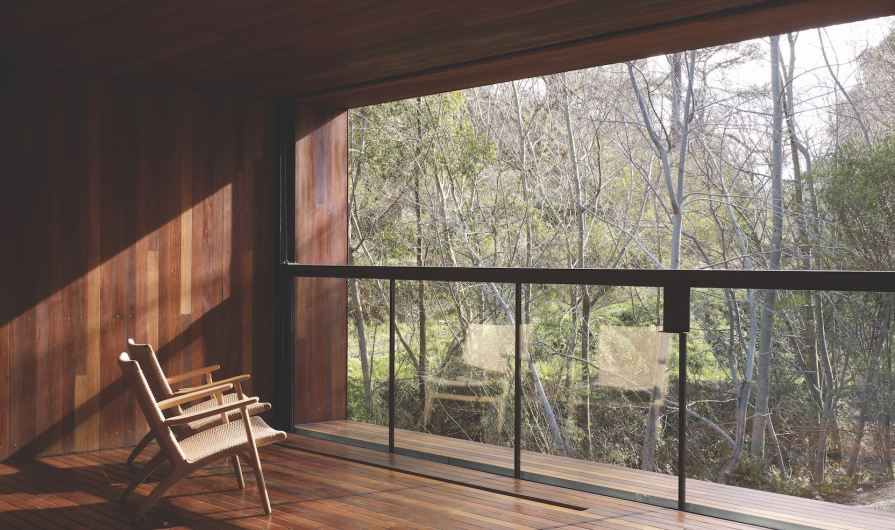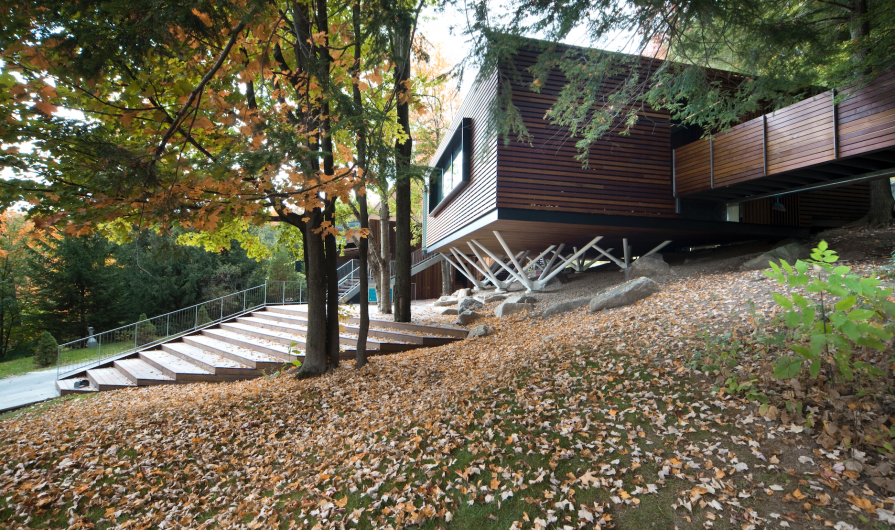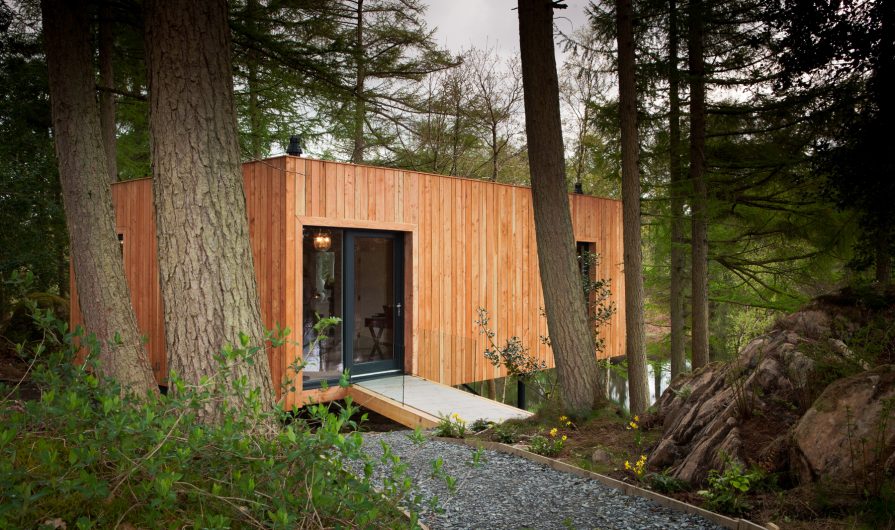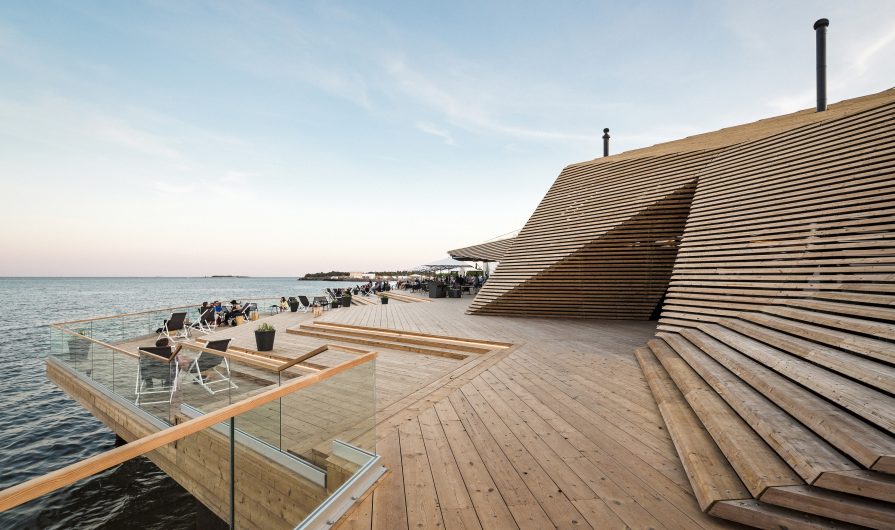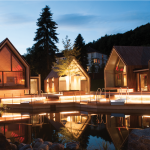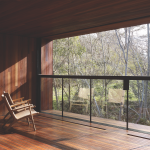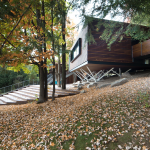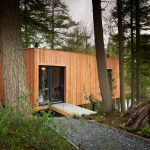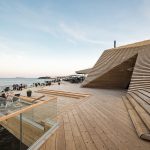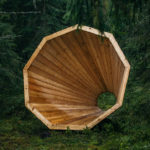Spas are peaceful, thoughtfully crafted refuges where guests unwind from the stresses of everyday life. Every aspect of the spa experience is designed to instill feelings of serenity and tranquility. Many spas use wood in their architecture because an affinity for this warm, natural material fosters relaxation while promoting environmentally friendly practices.
Gilpin Spa, located in Windermere, UK, was designed to blend in with its woodland setting, according to Principal Architect Ben Cunliffe. Its prefabricated, lightweight timber frame resulted in minimal waste in the construction process. The marriage of serene atmosphere and environmentally conscious design achieved the architect’s vision for an old-world aesthetic for the spa.
“Many spas are very hard surfaced with endless walls of tiles, anthracite or granite. We wanted a softer, more comfortable relaxed Nordic feel to contrast with the modern cubic exterior and the wood is endemic to this aesthetic,” says Cunliffe.
The therapeutic atmosphere at Hepburn Bathhouse and Spa in Hepburn Springs, Australia, is the result of the thoughtful reuse of existing heritage structures artfully combined with modern extensions. Spa -Balnea’s wooden siding gives the building a natural profile and helps it blend into the surrounding forest setting. The Jordanbad Biberach Sauna Village was carefully designed with spa guests in mind; the Robinia wood slats that make up the structure of the saunas were strategically placed in vertical and horizontal patterns, with consideration of lighting and space, and with each structure offering a unique view of the serene greenery outside. The pine wood panels of Löyly act as venetian blinds for guests, allowing privacy from the outside, while still providing an uninhibited view of the Baltic Sea.
When it comes to spas, the benefits of wood building materials go far beyond their practicality. They are an integral part of creating the luxuriating space guests look for when they need a moment of relaxation.

